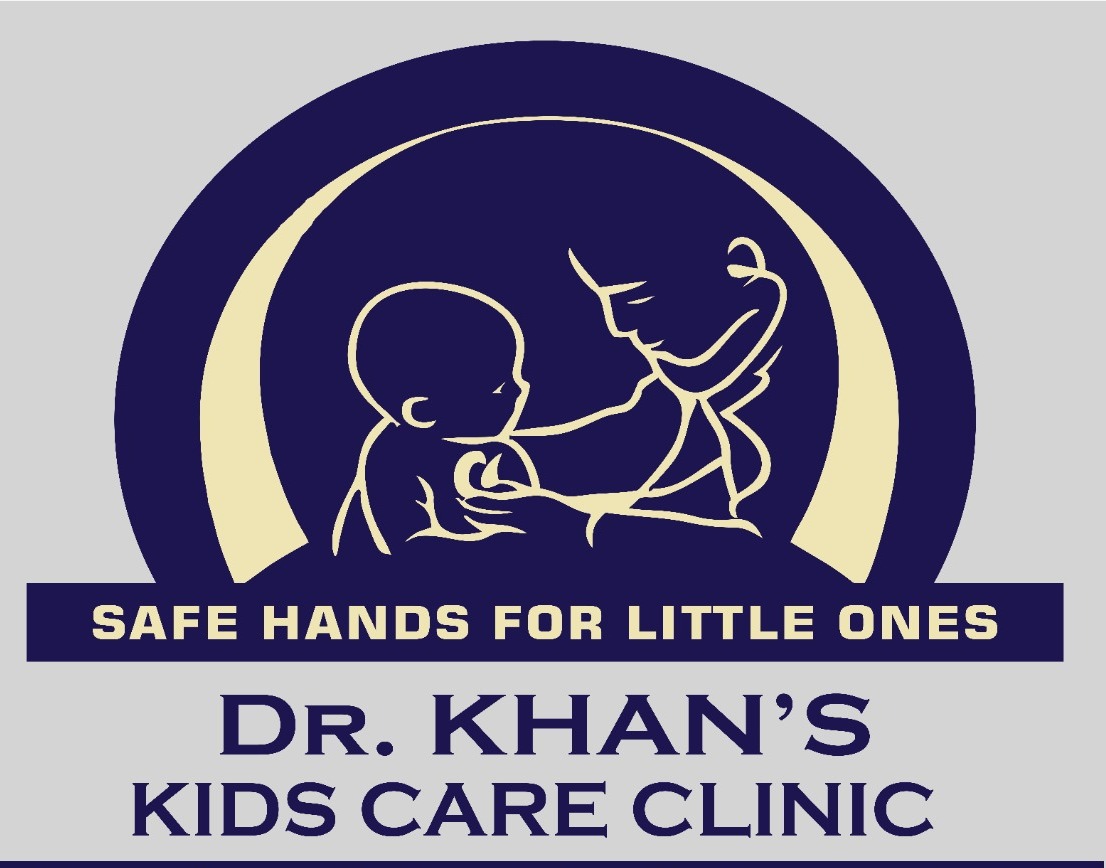+918048070356

This is your website preview.
Currently it only shows your basic business info. Start adding relevant business details such as description, images and products or services to gain your customers attention by using Boost 360 android app / iOS App / web portal.
Description
🍼 1. Immediate Newborn Care ✅ At Birth (Golden Minute): Clear Airways: Suction the mouth and nose if necessary (using a bulb syringe or suction device). Dry and Warm: Use a clean towel to dry and wrap the baby immediately to maintain body temperature. Apgar Score: Perform at 1 and 5 minutes after birth to assess heart rate, respiratory effort, muscle tone, reflex response, and color. Apgar ≥7: Stable. Apgar <7: Further resuscitation may be required. Cord Care: Clamp the umbilical cord and cut it, ensuring it is sterile. Perform early cord clamping after 1-3 minutes unless immediate resuscitation is needed. Initiate Breastfeeding: Encourage early breastfeeding within the first hour of life to promote bonding, provide colostrum, and reduce risk of hypoglycemia. 🩺 2. Routine Neonatal Assessments ✅ Physical Exam: Weight, Length, and Head Circumference: Plot on growth charts for monitoring growth. General Appearance: Assess for signs of congenital malformations, distress, or abnormalities. Vital Signs: Monitor temperature, heart rate, respiratory rate, and oxygen saturation (SpO₂). Reflexes: Check Moro, rooting, sucking, and grasp reflexes, which are indicators of neurologic development. ✅ Monitoring for Common Problems: Hypoglycemia: Common in preterm or low-birth-weight infants. Monitor blood glucose levels, especially in high-risk infants (e.g., those born to diabetic mothers). Jaundice: Monitor for signs of neonatal jaundice and check bilirubin levels if necessary (usually visible on day 2–3). Respiratory Distress: Observe for tachypnea, chest retractions, or grunting, which could indicate respiratory distress syndrome (RDS) or transient tachypnea of the newborn (TTN). Temperature Regulation: Keep the infant warm using skin-to-skin contact or a radiant warmer if necessary. Maintain a neutral thermal environment. 💉 3. Vaccination and Prophylaxis ✅ Immediate Vaccination: BCG Vaccine: Administer within the first few days if not given at birth. Hepatitis B Vaccine (Hep B-1): First dose within 24 hours of life. Vitamin K: Administer a single intramuscular dose (1 mg) for vitamin K prophylaxis to prevent bleeding. Eye Prophylaxis: Administer erythromycin or tetracycline eye ointment to prevent ophthalmia neonatorum (neonatal conjunctivitis) caused by gonorrhea or chlamydia. 🧑⚕️ 4. Supportive Care and Monitoring ✅ Feeding and Nutrition: Exclusive breastfeeding is recommended for the first 6 months. Colostrum: Early breastfeeding helps provide immunologic protection and promotes gut flora development. Formula Feeding: If breastfeeding is not possible, formula can be used as an alternative. Monitor for Feeding Difficulties: Assess suckling ability, latch, and milk intake. ✅ Temperature Regulation: Maintain skin-to-skin contact or use an incubator/radiant warmer if the baby is unable to regulate body temperature effectively. Monitor for hypothermia (temperature <36.5°C) and take corrective actions promptly. ✅ Hydration and Electrolyte Balance: Monitor for signs of dehydration, especially in low-birth-weight or premature infants. Provide appropriate fluids via breastfeeding or parenteral nutrition if the baby is unable to feed orally. 🧬 5. Neonatal Care for High-Risk Infants ✅ Preterm or Low Birth Weight (LBW) Babies: Temperature Management: Maintain in a warmer or incubator, as preterm babies have reduced ability to regulate body temperature. Respiratory Support: Preterm infants are at risk of respiratory distress syndrome (RDS). Consider CPAP (Continuous Positive Airway Pressure) or surfactant therapy if necessary. Feeding: Provide expressed breast milk or preterm formula. May need gavage feeding if unable to suckle. ✅ Infections: Antibiotics: High-risk neonates (e.g., those with maternal infections, premature birth) may require empiric antibiotics until cultures are negative. Sepsis Screening: Monitor for signs of infection, including lethargy, poor feeding, or abnormal vital signs. ✅ Neonatal Abstinence Syndrome (NAS): Monitor babies exposed to substances (e.g., opioids) during pregnancy. Treatment may include morphine or methadone and supportive care. 💡 6. Discharge and Follow-Up Care ✅ Discharge Criteria: Stable vital signs Able to feed effectively (breast or formula) No signs of infection or complications Adequate weight gain (usually ≥ 2/3 of birth weight by discharge) ✅ Follow-Up Care: Arrange follow-up with a pediatrician for growth monitoring and developmental assessment. Provide guidance on breastfeeding, immunizations, and safety measures (e.g., safe sleep, car seat safety). 🛡️ 7. Parent Education Breastfeeding Support: Educate parents on the importance of exclusive breastfeeding for at least the first 6 months. Infant Care: Teach parents about safe sleep practices (e.g., back to sleep), recognizing signs of illness, and the importance of regular check-ups. Signs of Illness: Provide guidelines on when to seek medical care (e.g., poor feeding, lethargy, fever, or difficulty breathing).

